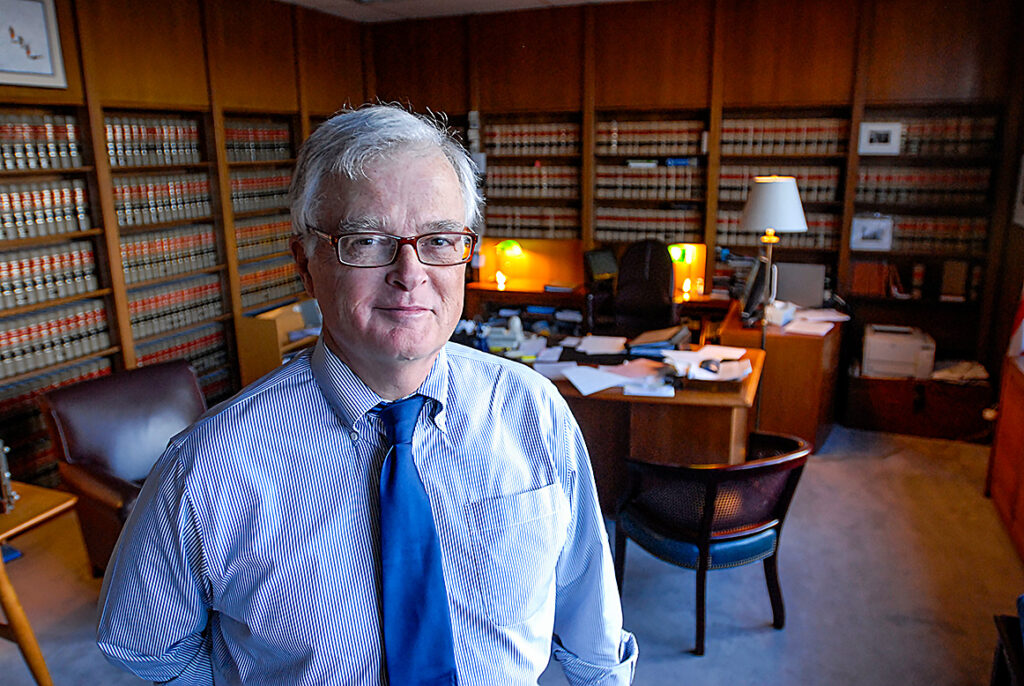
Featured in Sonos v. Google Patent Dispute
Law360, a legal newsletter, reported on Tuesday that U.S. District Judge William H. Alsup – a judge in the Northern District of California – has filed papers with the court notifying it that he will likely take “inactive status” sometime in 2025. Calling him a “larger-than-life jurist” who has presided over some of the most consequential cases in America, Law360 says Judge Alsup is “legendary” in the U.S. legal system. I concur…
Judge Alsup was featured in one of Strata-gee’s most popular stories ever written on patent battles, this one between Sonos and Google. There was a remarkable twist at the end of this story based on real-world detective work by Judge Alsup.
See more on the potential exit of one of America’s most renowned judges
In my normal scanning of news, I ran across the story of Judge Alsup filing a notice with the court of the possibility he may seek “inactive” status in 2025. When a judge’s status is marked as inactive, it means they are no longer actively presiding over cases. There are many reasons why this happens, but for 79-year-old Judge Alsup, it is most likely the result of an impending retirement.
Judge William H. Alsup’s Background
Judge Alsup was born in 1945 in Jackson, Mississippi. In 1967, he was awarded a Bachelor of Science degree in Mathematics from Mississippi State University. He went on to receive a Juris Doctor from Harvard Law School, along with a Master of Public Policy from Harvard University’s John F. Kennedy School of Government in 1971. His legal career included positions as a law clerk for Supreme Court Justice William O. Douglas, years in private practice, a stint as an assistant to the United States Solicitor General in the United States Department of Justice, service as special counsel in the Antitrust Division of the Department of Justice and more. Judge Alsup was nominated for a seat on the District Court for the Northern District of California in 1999 by President Bill Clinton.
In 2021, Judge Alsup received “senior” status, which is typically a precursor to retirement. Senior judges receive a reduced workload and are offered the opportunity to suggest the types of cases to which they wish to be assigned.
Presiding Over Many Major Cases of National Significance
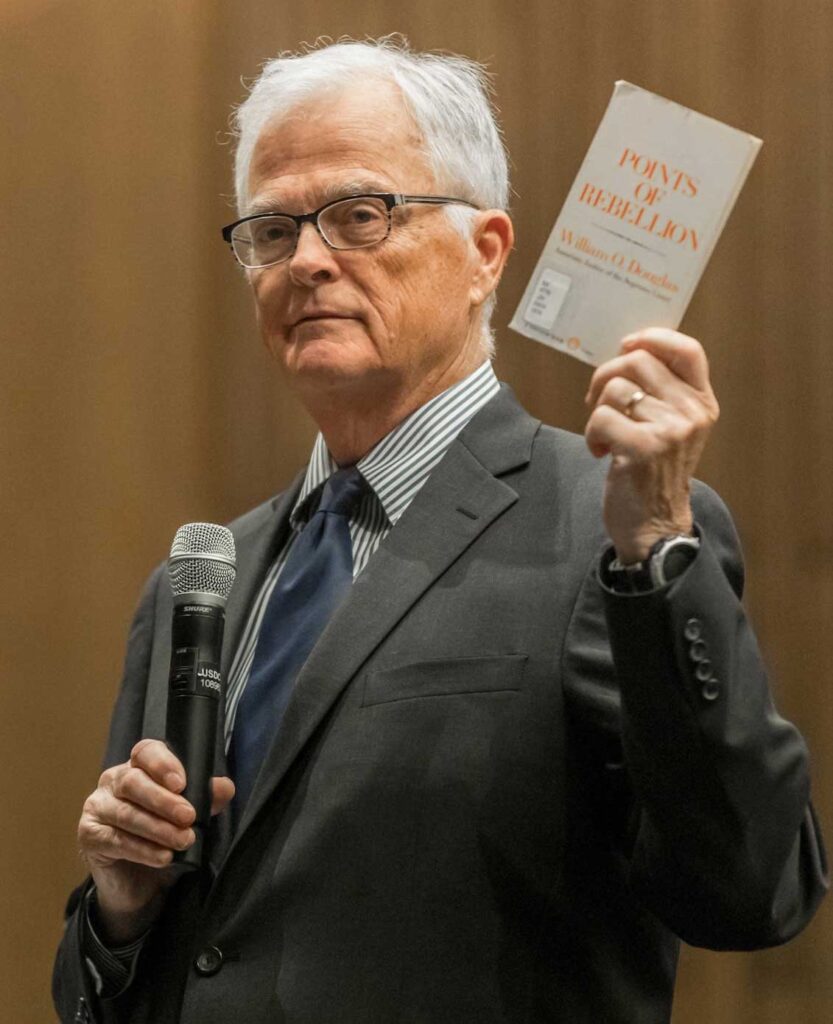
Judge Alsup has presided over many major cases, including those of national consequence. For example, he presided over two huge trials in the matter of Oracle America, Inc. v. Google, Inc. This case had to do with the issue of Java SE and Android APIs (application programming interface). Judge Alsup drew the attention of national media when it was revealed that in preparation for the case, he had learned the Java programming language.
Other major cases heard include Waymo v. Otto/Uber (a trade secret theft case yielding a prison sentence for a former Waymo employee), Deferred Action for Childhood Arrivals (DACA, an immigration initiative), ExxonMobil (a climate change class action lawsuit), student loans (a 2022 class action suit alleging fraud by for-profit universities), mass firings of government employees by Elon Musk’s DOGE, and many more.
An Uncommonly Engaged Judge Who Discovered Evidence of Wrongdoing
In the world of Strata-gee, Judge Alsup emerged as an uncommonly engaged judge who discovered evidence of wrongdoing that changed the entire nature of the case and resulted in a reversal of a jury judgment.
I’ve covered many stories of patent infringement, as this is a common but important issue in technology. When you are in the innovation business, patents are an important tool to protect your invention.
A Patent Case That Flared Up Like a Bonfire
One of the most unique and surprising cases of patent litigation I covered was the matter of Sonos, Inc. v. Google, Inc. First filed back in January 2020, the case originally looked like another garden variety patent case. However, it quickly flared up like a bonfire.
Back in 2020, Sonos was fresh off its successful court wins against Denon/HEOS and Lenbrook. Then they successfully negotiated a licensing agreement with Legrand. Sonos was on a roll and apparently felt it was time to take things up a notch. That is when they made the fateful decision to file a patent infringement lawsuit against Google.
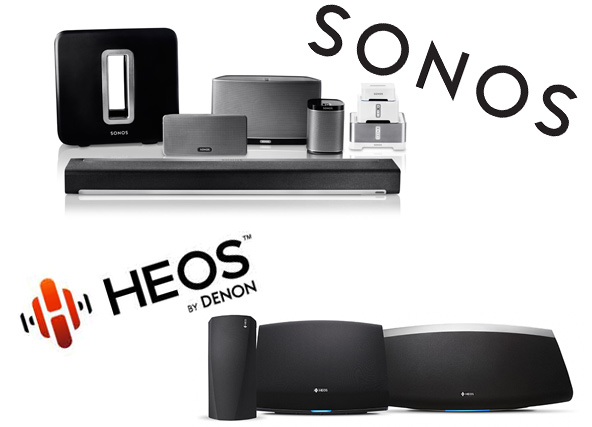
A Substantially More Dangerous Competitor
At that time, I suggested that Google would be a tougher competitor. Not only does the tech behemoth have substantially greater resources, they are also very adept at the patent game. This would not be like Denon or Lenbrook…it would be substantially more dangerous.
Google fired back with a vengeance, filing multiple cases against Sonos around the world. Sonos had some early wins against Google, but in time, the tables would turn. I have followed the normally quite professional Google in other litigation and was surprised when I saw an unusual level of aggression and anger coming from them in this particular case against Sonos. At the time, I didn’t understand why this case was different to them, but by the end of the case and thanks to the insightful investigation by Judge Alsup I would learn just why Google was furious with Sonos.
Looked Like a Simple Matter, But More Was to Be Discovered
The combatants had landed in Judge Alsup’s court. Sonos presented its case as an example of a small independent innovator (Sonos) having its innovations stolen by a larger and more powerful competitor (Google). After a long and pitched battle, the matter finally went to trial with a jury.
>>If you have not read my original story on the twist in this case, or you have an interest in learning how the patent process works, I recommend that you read that story first. It is there you’ll get the full details of how Judge Alsup discovered how the situation was very much different from how it seemed. Click here to read the story> “After $32.5M Jury Win for Sonos, Judge Throws Out Jury Verdict and Finds for Google.“
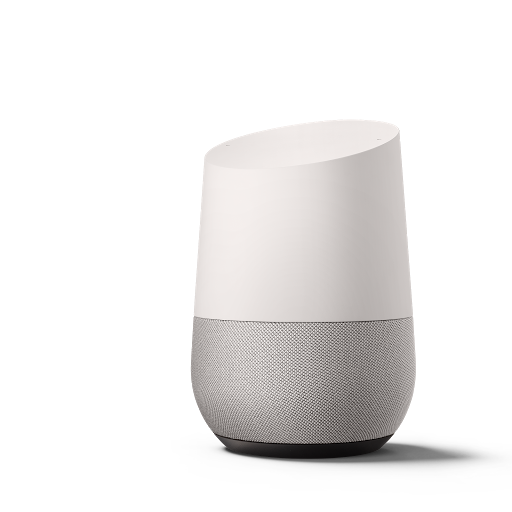
Sonos Initially Prevailed on One Count of Infringement of One Patent
I noted this at the time: “After a lot of back and forth with both sides scoring some wins and some losses, the original lawsuit on five patents ended up being whittled down to just two key patents, with multiple claims on each. Ultimately, the jury found in favor of Sonos on just one claim associated with just one patent. The remainder of their claims, and Google’s counterclaims, were all turned aside by the jury.”
The jury awarded Sonos $32.5 million in royalties for its win on one claim against one patent. The royalty amount was probably disappointingly low for them…but it represented a win nonetheless.
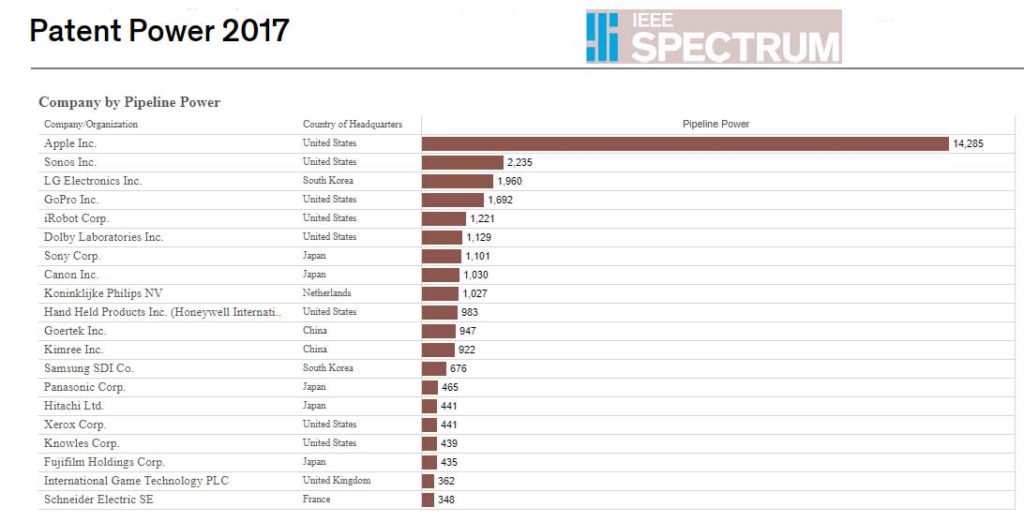
A ‘Red Flag’ Emerges
While the key issues appeared to be settled, there were still a series of post-trial motions and affirmative defenses to be disposed of. And it was in researching and deciding on these last few matters that Judge Alsup really came to the fore. You see, during the trial, he heard testimony that turned out to be a “red flag” that would bring down Sonos’ case and claims.
A normal patent process works like this…you create some amazing invention, you apply for a patent, and when issued, your invention is protected. Normally, this process takes about two years from initial application, through full examination, perhaps a series of amendments and rewrites, to finally seeing the patent issued.
Sonos’ Patent Took 13 Years to be Granted
But in this case, the Sonos patent took 13 years to be issued. And that unusually long process was a clue that something was up. Long story short, it was not Google who stole an innovative idea from Sonos – it was the other way around. Google had privately shown Sonos a new system capability in 2014, which it began selling in products in 2015. Then Sonos took that idea and improperly added it to an open patent application that it kept extending with “daisy-chained” continuation applications and for which it finally received a patent in 2019. They then added the Google’s innovation to Sonos products in 2020.
Sonos claimed priority because of the origin date of its original patent application, which was started all the way back in 2006. But Judge Alsup invalidated that patent and reversed the jury verdict, as he discovered and determined that it was improperly amended – the “red flag” – to include the technology it learned about from Google in 2014 at a time when Sonos did not have that capability.
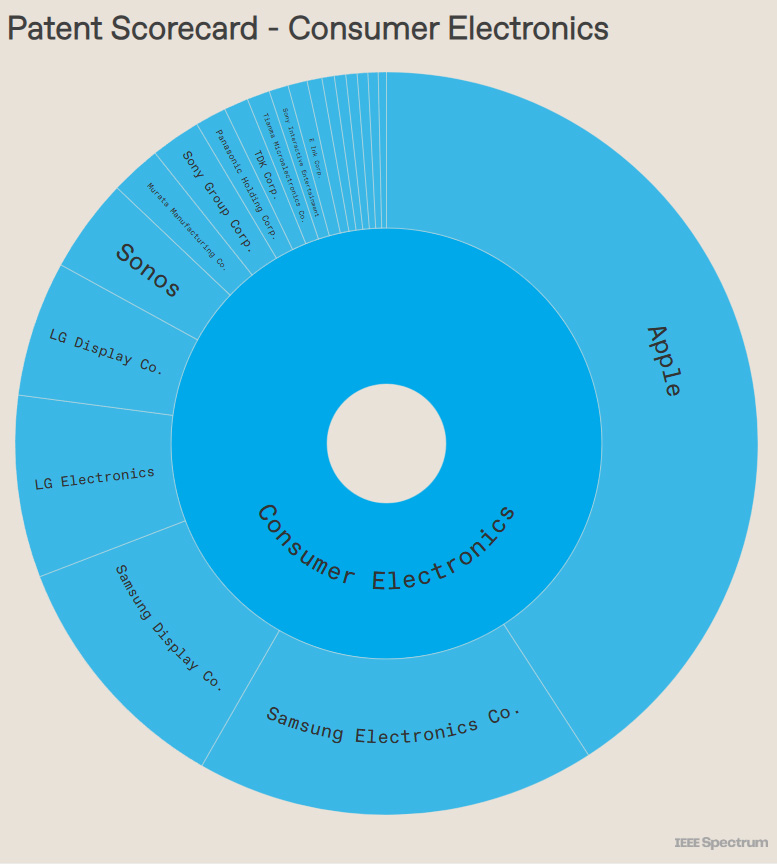
‘[A]t Long Last, A Measure of Justice is Done’
Sonos appealed the judge’s decision, telling the media he was wrong on the facts and the law. However, the United States Court of Appeals for the Federal Circuit denied the petition for appeal, allowing Judge Alsup’s ruling to stand.
It is wrong that our patent system was used in this way. With its constitutional underpinnings, this system is intended to promote and protect innovation. Here, by contrast, it was used to punish an innovator and to enrich a pretender by delay and sleight of hand. It has taken a full trial to learn this sad fact, but, at long last, a measure of justice is done.
Judge Alsup
A Judge Caught What Patent Examiners Missed
I’d like to point out that Sonos’ scheme to improperly alter a patent application to misappropriate a Google invention and present it as a Sonos innovation was not discovered by an expert patent examiner at the United States Patent and Trademark Office. Rather, it was discovered by Judge Alsup who paid close attention when it was revealed in testimony at trial.
Finally, I think I now understand the fervor behind Google’s anger at Sonos in prosecuting this particular litigation. It had to be maddeningly frustrating to have your invention stolen from you and then have that thief accuse you of stealing.
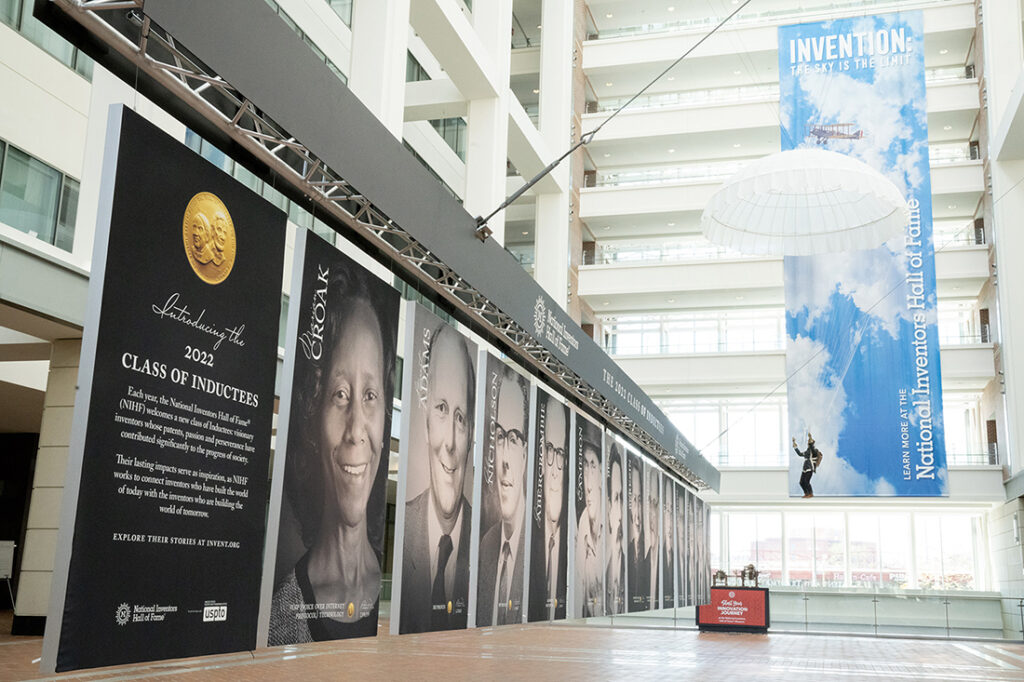
Reaching for a Higher Purpose
It is rare to find a judge so deeply committed to finding justice. Most courts are overloaded with too many cases and are more focused on just grinding through a seemingly never-ending docket as quickly as possible. Here, Judge Alsup reached for a higher purpose…to get to the truth.
Well done, sir…






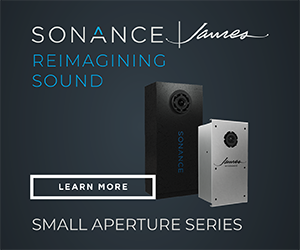



Leave a Reply